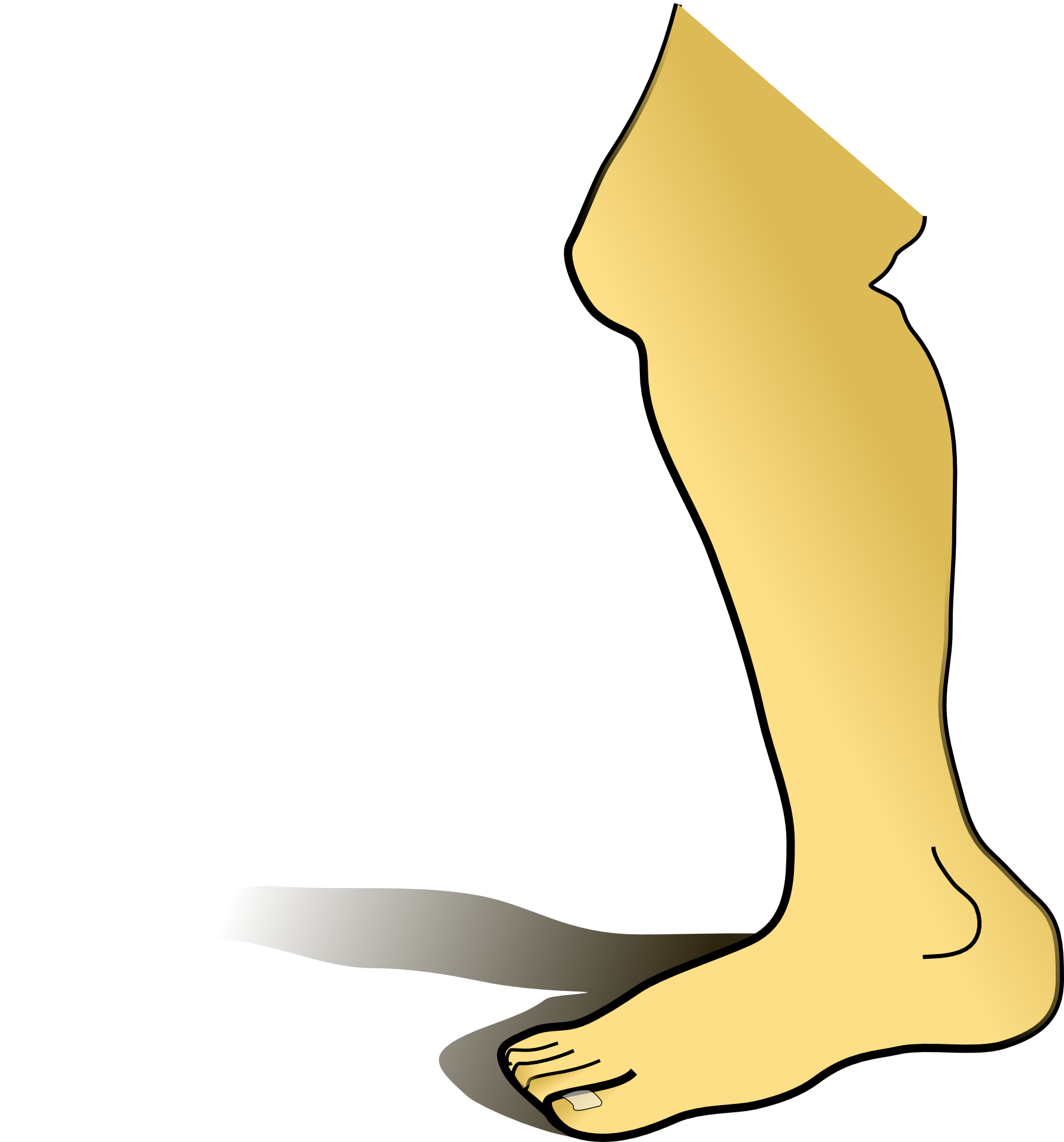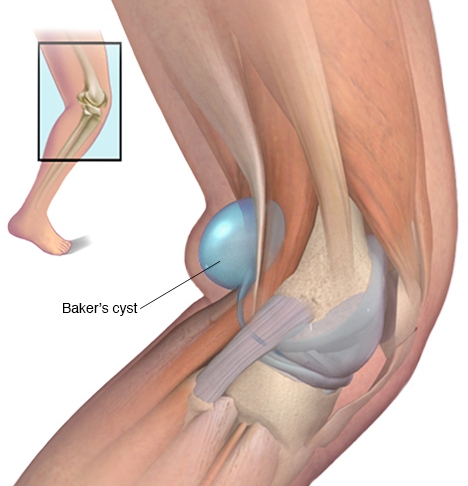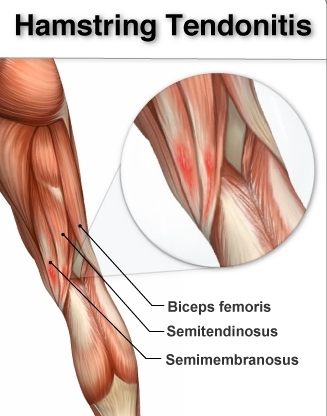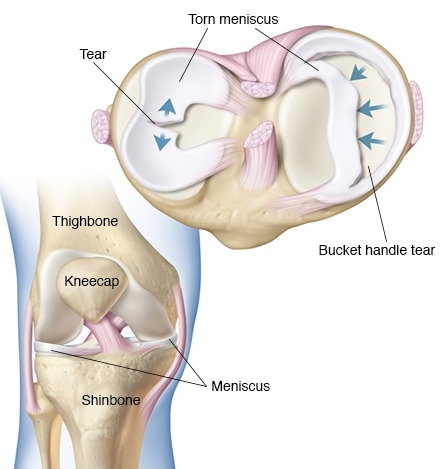Pain behind the knee is not the only concern. Finding out what causes pain behind the knee and how to deal with this are the two serious problems you have to tackle at the same time. So it’s time to find out the answers and do something about it, isn’t it?
Knee pain develops gradually over time and is often an indication of a medical knee condition or an injury. And we all know how painful and incredibly frustrating that can be while performing leg movements. Swelling is another major symptom to deal with it, isn’t that right?
So let’s put an end to all this trouble now, shall we?
Here are the 3 most common causes of pain behind the knee:
1. Baker’s Cyst
Bending and straightening the leg shouldn’t be a painful experience, right? But if it is, then it might be baker’s cyst. This condition feels like an enlarged lump behind the knee.
When your legs perform the same kind of movement, like in the running, the cartilages around your knees rub against each other. This causes a certain amount of irritation in the kneecaps’ posterior surface as well as soft tissues. And that’s how a baker’s cyst develops.
How to deal with baker’s cyst?
What causes pain behind the knee and how to deal with this when you have baker’s cyst? Here’s the treatment method. The constant straightening and bending of the knee cause the excessive fluids to accumulate in that region. This gives rise to a cyst. So it’s important to get rid of the fluid. And an injection or getting the area aspirated is the best way to do so.
You can also resort to ART, Active Release Technique. This is a form of massage that treats such kind of injuries. It breaks up the scar tissue to provide pain relief. But you should know that baker’s cyst is a condition that might reoccur due to meniscus tear or arthritis.
2. Hamstring Tendonitis
Sudden pain or stiffness behind the knee during the first few minutes of your workout session might be a symptom of hamstring tendonitis. Such a condition affects athletes who run for longer distances. Every runners’ hamstring experiences fatigue, which prevents the slowing down of the foot. And this gives rise to pain behind the knee. During long runs, your leg keeps swinging forward, thus exerting excessive strain on your hamstring.
How to deal with hamstring tendonitis?
It’s best to pay a visit to your doctor to figure out which muscle set is unable to fire properly. More often than not, the butt muscles are not strong enough. So this might be the cause of your knee pain. But strengthening them can fix the issue. You can make use of pelvic stabilizers such as hip flexors.
Even resistance bands along with knee sleeves might help treat the condition. All you need to do is lie down straight with your face up. Place the resistance band around the bent knees and open up the legs by applying force against that band. You can do at least 2-3 sets of not more than 25 reps.
3. Torn Meniscus
A tear in the meniscus can be a result of twisting or simply just injuring the knee. The meniscus is located between the lower and upper leg bones. The cartilage is responsible for keeping the knee steady. But it is highly susceptible to damage. Even the tiniest tear tends to cause swelling.
A slightly more severe tear leads to knee pain while bending the knee. And if not treated for weeks, the condition can get worse. On the other hand, a severe tear makes walking an extremely painful activity. The knee tends to wobble or lock up abruptly.
How to deal with torn meniscus?
What causes pain behind the knee and how to deal with this when you have a torn meniscus? If you want to find out the severity of the condition, then it’s better to get an MRI done. Icing the injured region goes a long way in treating the meniscus tear. Even physical therapy seems like an effective solution.
The goal is to strengthen your knee joints as well as hips. For knees, you can do quad sets while wearing knee sleeves. And clam openers for the hips is a more suitable and comfortable exercise.
If despite all these remedies, the swelling and pain still exist, surgery is the only best solution. In such a scenario, it’s important to repair or remove that damaged cartilage.
The Final Note:
Most runners experience pain behind the knee. So knowing what causes pain behind the knee and how to deal with this are important to put an end to the problem. Failing to do so keeps you miles away from achieving your athletic goals or even walking to catch up with some friends.
It’s never a good idea to ignore knee pain. It might not seem like a big problem now, but it can affect your walking and moving abilities in the future. So please make it a point to figure out what the causes are. This way finding the solution won’t be such a difficult task.
Would you like to share your experiences with us here? The more information we have about the subject, the better we can deal with it, right?
Please don’t hesitate to drop in your comments below. We hope to see you again soon!
About Author:
Jacob Grill has been writing about all kinds of pain management for several years now. He has extensive knowledge and natural remedies to offer for body pain and certain types disorders as well. Jacob Grill has a knack for not only writing about the causes but also suggesting the best possible home treatment methods. This he does so you can save up on healthcare costs even when it comes to curing chronic ailments.




